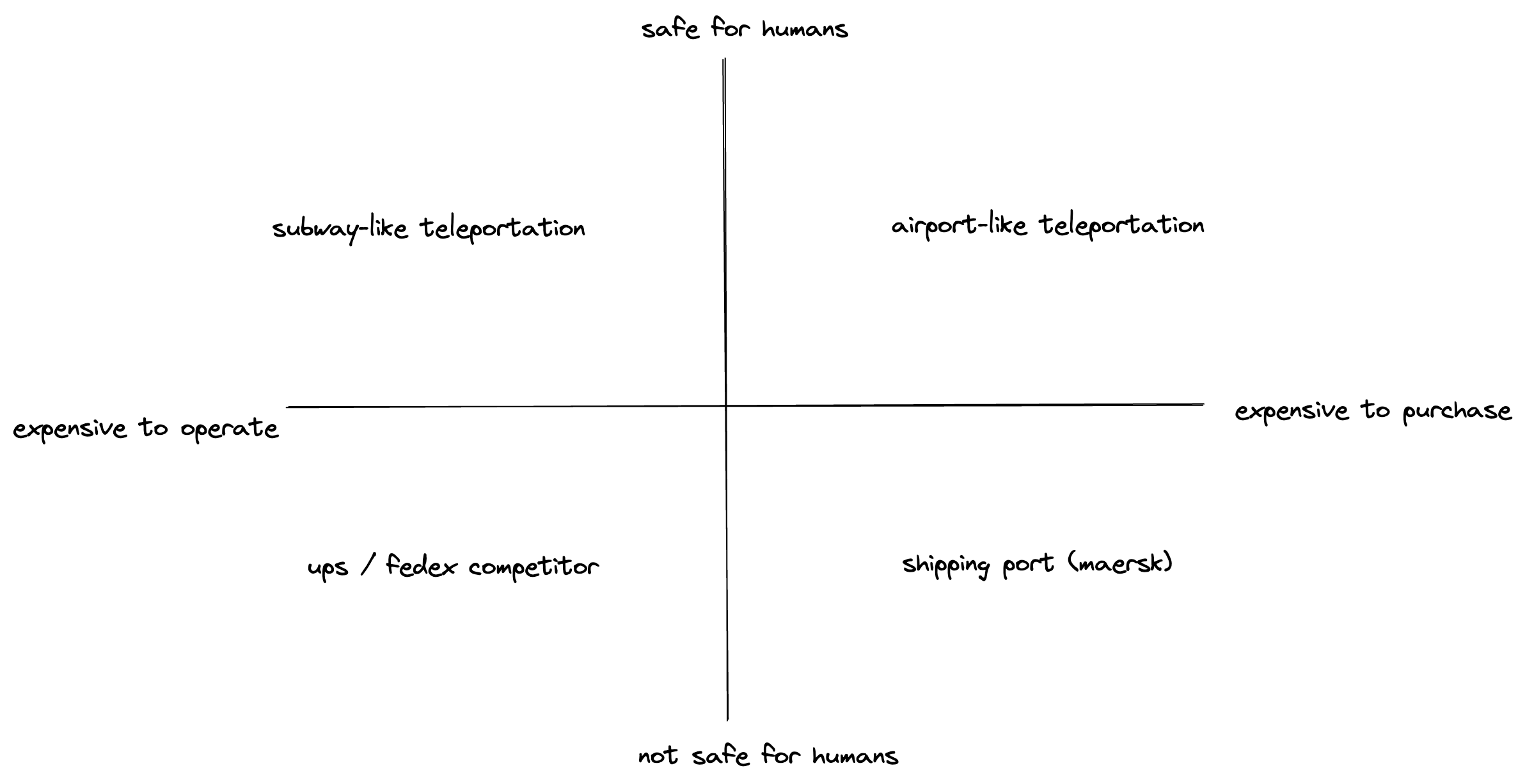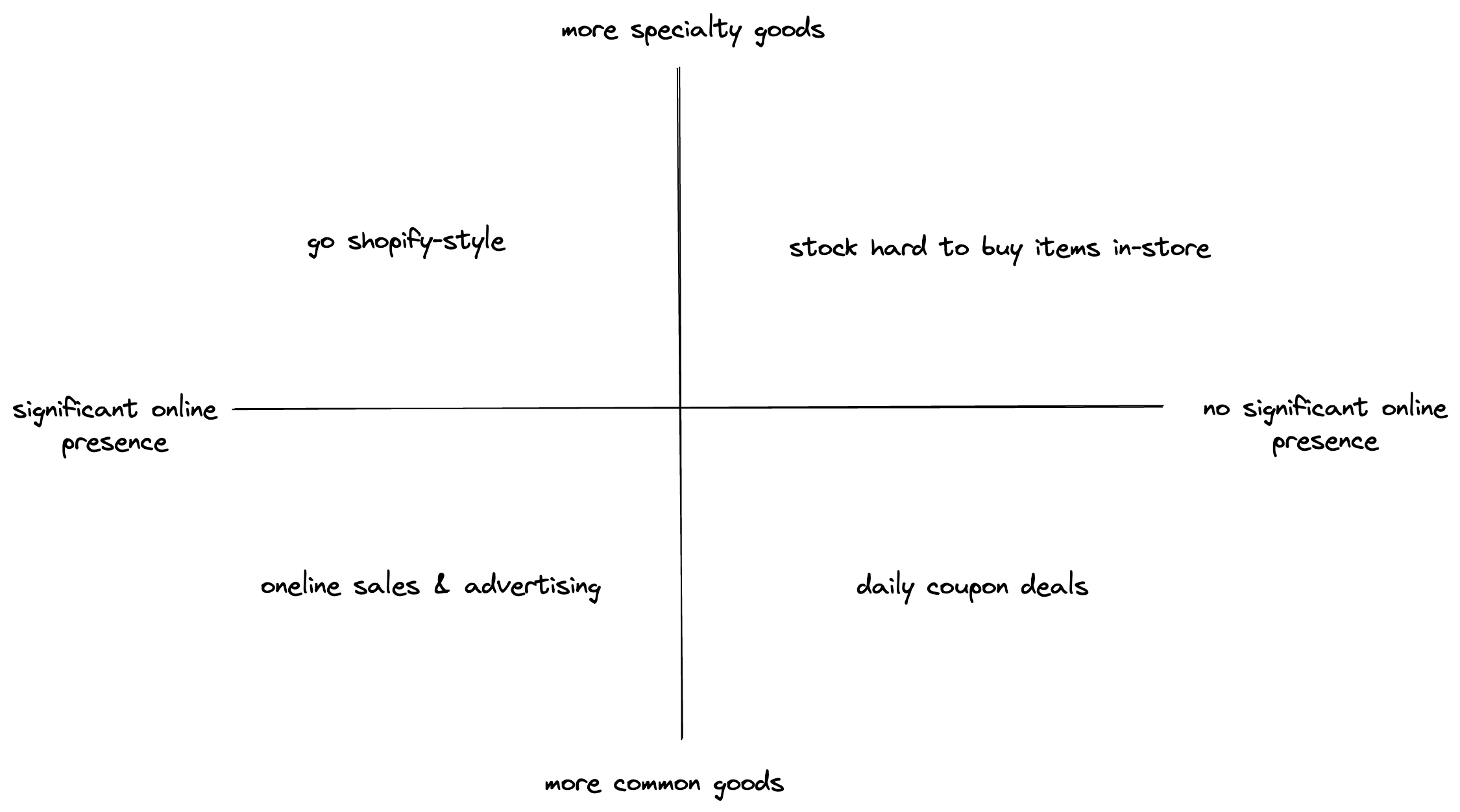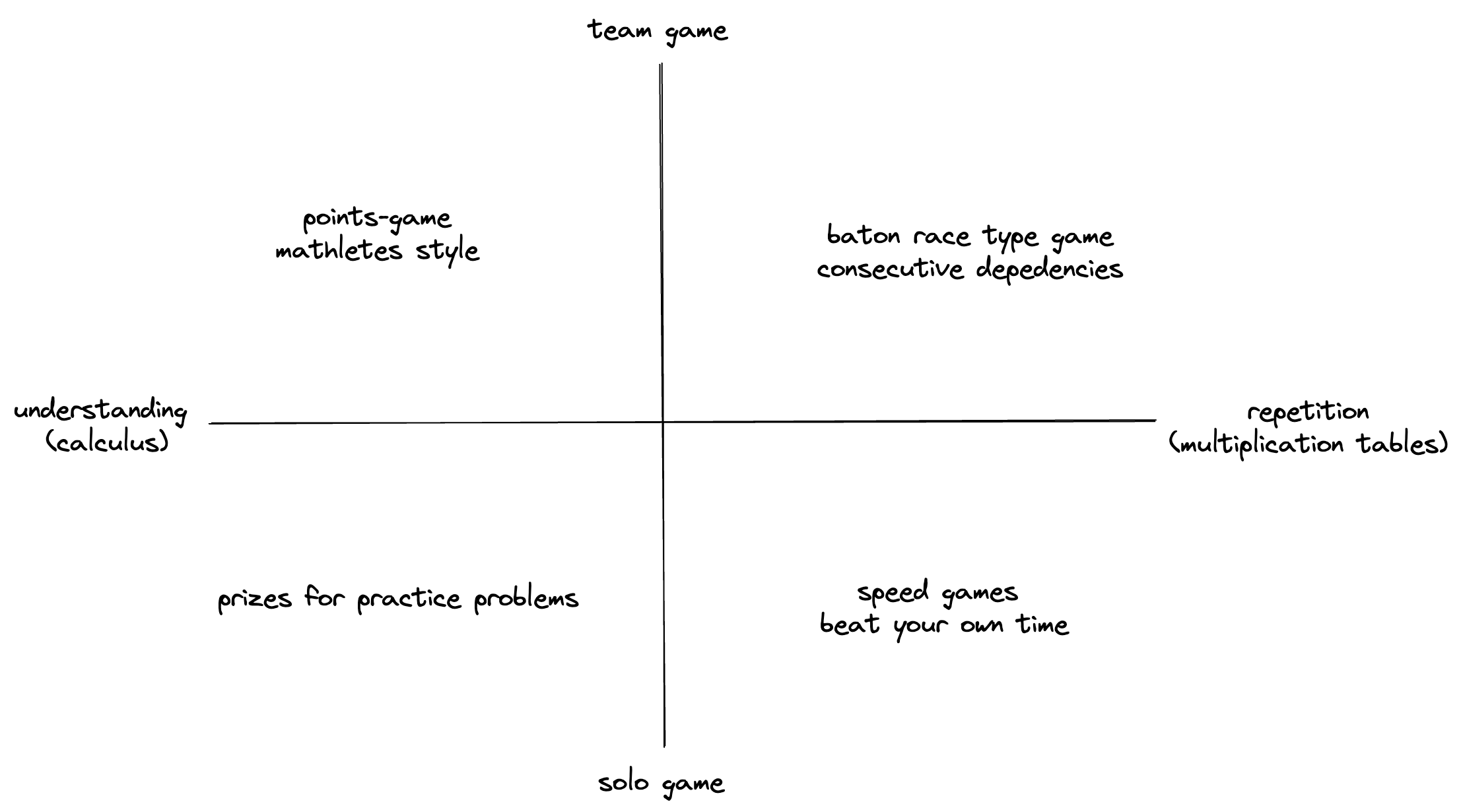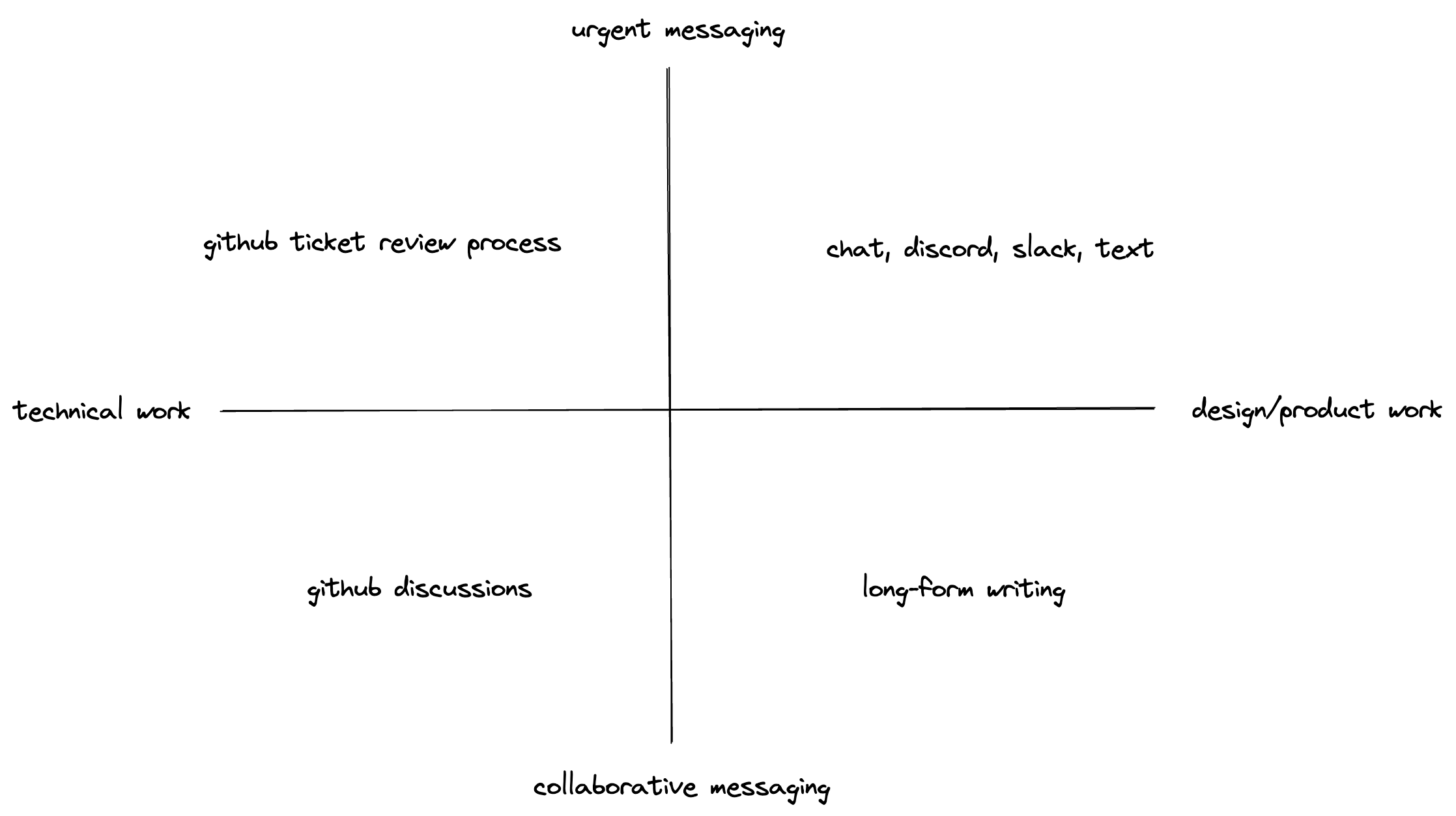eigenquestions that eliminate large swathes of microdecisions
One of the frameworks I've enjoyed employing in product management is the concept of "eigenquestions", which is analogous to the original term "eigenvectors", from linear algebra. An eigenvector helps reduce multiple dimensions to ensure most of the key information is retained.
Eigenquestions therefore pertain to the framing of one's questions to reduce n questions to one or two most important questions. If you get these questions right, it generally helps to answer tens of other questions.
Let's go through some common examples found on the internet.
"A group of scientists have invented a teleportation device. They have come to you and asked for your assistance in bringing it to market. What do you do?"
Normally, I'd go through a ton of inquisitive questions:
- How big is the device?
- Does it need a sender and receiver?
- What's the range?
- How fast does it operate?
- What's the cost?
- What are the side effects?
- Can it transport live matter?
The point of an eigenquestion to eliminate the noise and focus only on the most important questions that impact a go-to-market strategy for a hypothetical teleportation device.
- Is it safe for humans? If yes, you can teleport people, else it's mostly goods.
- Is it capital expensive or operationally expensive? This affects if it's something you buy or charge to operate.
We can then map these two questions on a 2x2 matrix:

You run a grocery store and you'd like to increase the frequency of customer visits, what do you do?
- Does the grocery store sell more specialty goods or common goods?
- Does the grocery store have an online presence? (We can also think about customer visits in an online sense).

You are designing a game to teach kids math in a fun way, where do you start?
- Are we optimizing for an understanding of concepts or an improvement in speed?
- Are we looking at team games or solo games?

You'd like to shift your company's communication patterns from being primarily "synchronous" to primarily "asynchronous," what do you do?
- Is the type of messaging more urgent, or more collaborative?
- Is the work involved more design/product, or technical?

Source: Shishir Mehrota of Coda
back to map of content (product)
